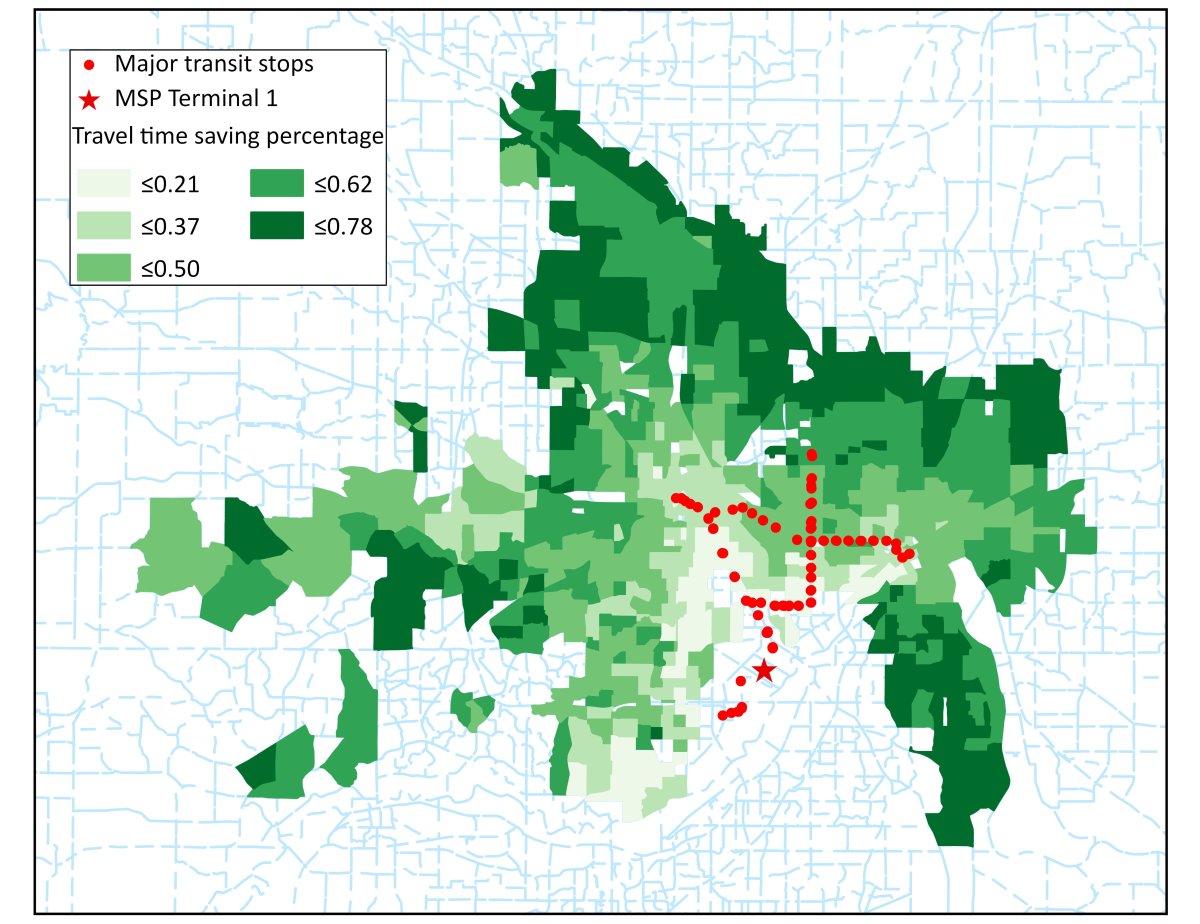AVs and Transit

ALIREZA KHANI is a transit enthusiast with a background in engineering. His research focus is on modeling the impacts of emerging technologies on public transit systems, and optimization of the system for more efficient and reliable service. He uses network modeling and optimization techniques.
Despite societal and environmental benefits that arise from transit systems, ridership has declined in recent years due to affordability of driving, emergence of ride-hailing and bike-sharing systems, and the COVID-19 pandemic. Khani and his research group tackle issues facing transit agencies in light of these challenges. They research riders’ travel needs and behavior, optimizing cost-effectiveness and the utilization of limited resources, and most importantly, providing fast, reliable, and safe transit systems to gain riders, reduce congestion, and better serve communities with the greatest need for public transportation.
The technological development of AVs is being pursued at a near-reckless pace, but investigation of the impacts on transit systems is lagging. Khani counters this trend with his focus on integrating AVs and ride-hailing systems with fixed-route transit systems to maximize the social benefits.
Most cities do not have enough street capacity for the desired number of cars. Cities rely on transit systems to transport people. Yet in the suburbs or rural areas with low demand, transit may not be a cost-effective option. Khani develops optimization models and algorithms to integrate high-capacity fixed-route transit systems in a core urban area with flexible, shared-mobility options in low-density suburban or rural areas. Such optimization models are built upon behavioral models reflecting people’s choices in complex multimodal transportation networks. In an integrated transit system, high-density areas and corridors most suitable for transit would be served by LRT or BRT services, low-density areas would be served by on-demand AVs as first-mile/last-mile access. Simulations show that the integrated system can benefit residents by providing better transportation options and benefit transportation agencies by better utilizing their limited resources (Fig. 1).

When the COVID-19 outbreak reached US cities in March 2020, transit systems lost more than two-thirds of their ridership virtually overnight. Many commuters started to work remotely or switched to personal transportation modes. However, people who had to work on-site or those without other transportation options continued to rely on transit for their daily travel needs. Khani’s team proactively initiated a collaboration to use Metro Transit’s system data to help inform policies that would ensure greater safety for riders.
Khani’s team developed an algorithm built on statistical and machine learning methods. It uses MetroTransit’s Automatic Passenger Count (APC) data. The new tool quantifies the relative risk to riders in each segment of a transit route and suggests a limited rider capacity that would ensure social distance and minimize relative risk. Data visualization on the busiest bus routes suggested that allowing only 10-15 passengers on buses at one time leads to a great reduction in virus transmission risk and avoids significant passenger wait time (Fig. 2).
Through his research, Khani strives to develop new knowledge and computer tools to solve emerging transportation problems for smart, connected, and resilient communities.
Return to Integrating AVs